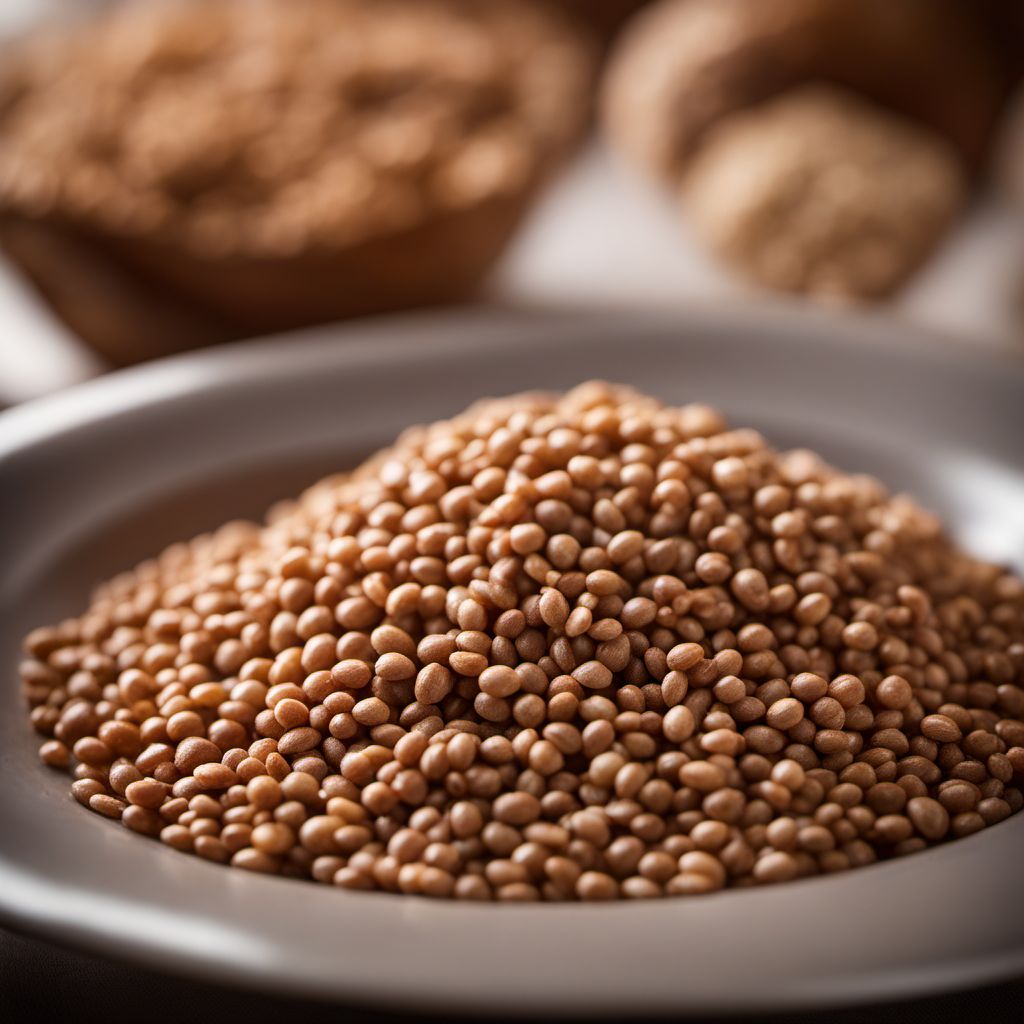
Ingredient
Buckwheat
The Nutritional Powerhouse
Buckwheat is not actually a grain but a seed. It has a triangular shape and a dark brown color. When cooked, it has a tender yet slightly chewy texture. The flavor of buckwheat is nutty and earthy, with a hint of bitterness. It can be enjoyed in both sweet and savory dishes.
Origins and history
Buckwheat has a long history that dates back thousands of years. It is believed to have originated in Central Asia and was cultivated in China and other parts of Asia for centuries. It later spread to Europe and became a staple in many Eastern European cuisines. Today, it is grown and consumed worldwide.
Nutritional information
Buckwheat is a nutritional powerhouse, rich in fiber, protein, and essential minerals like manganese, magnesium, and copper. It is also a good source of antioxidants and contains all nine essential amino acids, making it a complete protein. Additionally, it is naturally gluten-free.
Allergens
Buckwheat does not contain gluten, making it a suitable choice for individuals with gluten sensitivities or celiac disease. However, cross-contamination may occur during processing, so it is important to choose certified gluten-free buckwheat products if necessary.
How to select
When selecting buckwheat, look for whole grains or groats that are free from moisture or signs of mold. The grains should have a uniform dark brown color. If purchasing buckwheat flour, opt for brands that are labeled as gluten-free to ensure they have not been contaminated with gluten during processing.
Storage recommendations
To store buckwheat, keep it in an airtight container in a cool, dry place, away from direct sunlight. Proper storage will help maintain its freshness and prevent it from becoming rancid. Cooked buckwheat can be stored in the refrigerator for up to five days or frozen for longer-term storage.
How to produce
Buckwheat can be grown by amateur gardeners in temperate climates. It thrives in well-drained soil and requires minimal maintenance. The plant produces beautiful white flowers and can be harvested when the seeds turn dark brown.
Preparation tips
Buckwheat can be prepared in various ways, including boiling, steaming, or toasting. It can be used as a substitute for rice or pasta, added to soups and stews, or used as a base for salads. Buckwheat flour is commonly used in baking, particularly in pancakes, bread, and soba noodles.
Substitutions
Quinoa or amaranth can be used as substitutes for buckwheat in recipes. However, keep in mind that they have slightly different flavors and textures, so the end result may vary.
Culinary uses
Buckwheat is used in a wide range of culinary applications. It is a key ingredient in traditional dishes like Russian blini, Japanese soba noodles, and French galettes. It can also be ground into flour and used in baking or as a thickening agent in sauces and gravies.
Availability
Buckwheat is cultivated and consumed in many countries around the world. It is particularly popular in Eastern European, Asian, and North American cuisines. It can be found in most grocery stores, health food stores, and online retailers.
More ingredients from this category
Recipes using Buckwheat » Browse all

Balkan-style Grilled Sardine with Buckwheat Noodles
Savory Balkan Delight: Grilled Sardine and Buckwheat Noodles

Pescado con Tres Salsas
Flavors of the Sea: Pescado con Tres Salsas
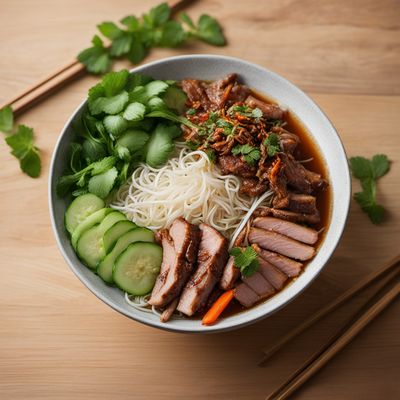
Grilled Pork Vermicelli Bowl with Chiapas Twist
Smoky Delights: Grilled Pork Vermicelli Bowl with a Chiapas Twist

Refreshing Cold Buckwheat Noodles with Spicy Sauce
Chilled Delight: Spicy Korean Buckwheat Noodles

Puerto Rican Plantain Lasagna
Tropical Delight: Puerto Rican Plantain Lasagna

Mexican Picadillo with a Twist
Savory and Spicy Mexican Picadillo: A Flavorful Delight
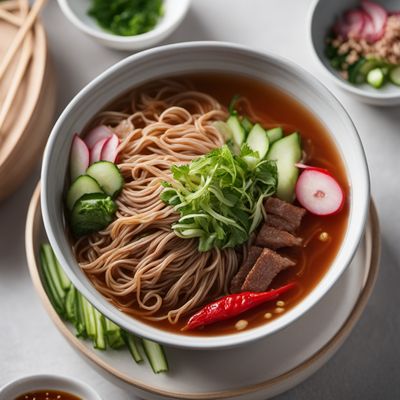
Refreshing Cold Buckwheat Noodles with Spicy Sauce
Chilled Noodles with a Fiery Kick: A Korean Delight

Channel Islands Tsukimi Soba
Moon-Viewing Buckwheat Noodles with a Channel Islands Twist

Puerto Rican Style Paella
Tropical Delight Paella: A Puerto Rican Twist on the Spanish Classic
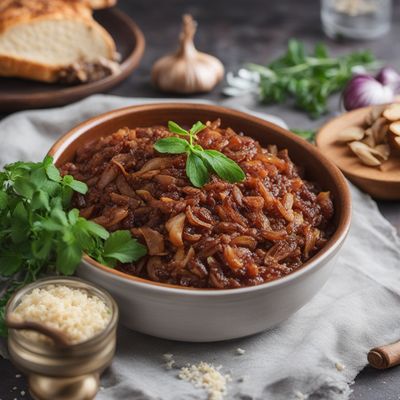
Kaszanka with Caramelized Onions
Savory Polish Delight: Kaszanka with a Sweet Twist

Memil Guksu with Spicy Sesame Sauce
Savory Buckwheat Noodles with a Fiery Sesame Twist
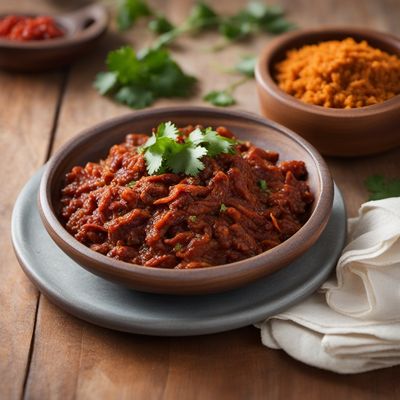
Escamoles with Chipotle Butter
Savory Delight: Escamoles Infused with Spicy Chipotle Butter


